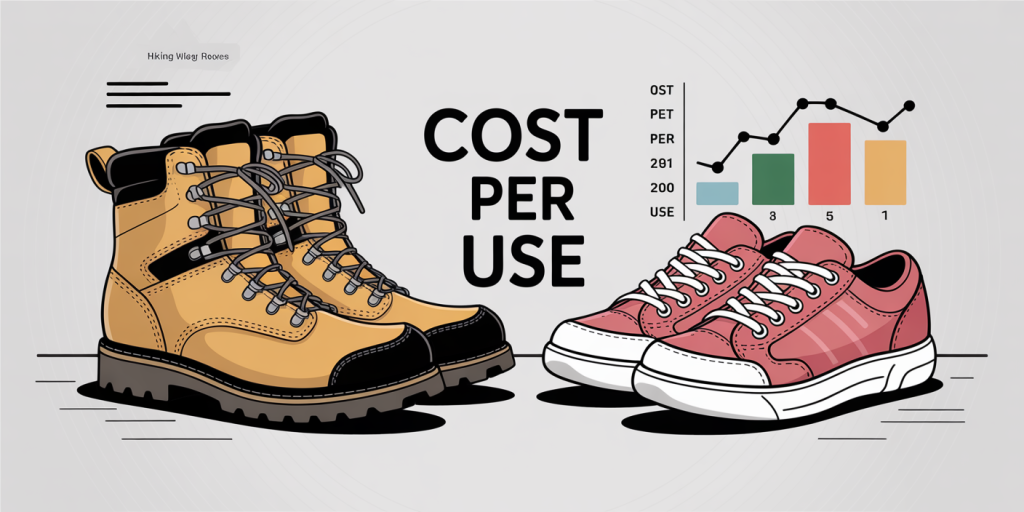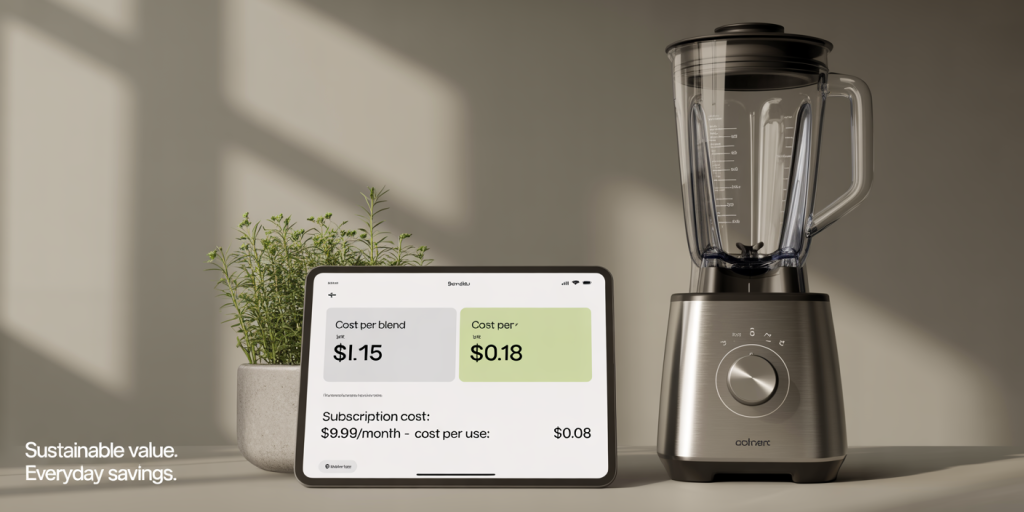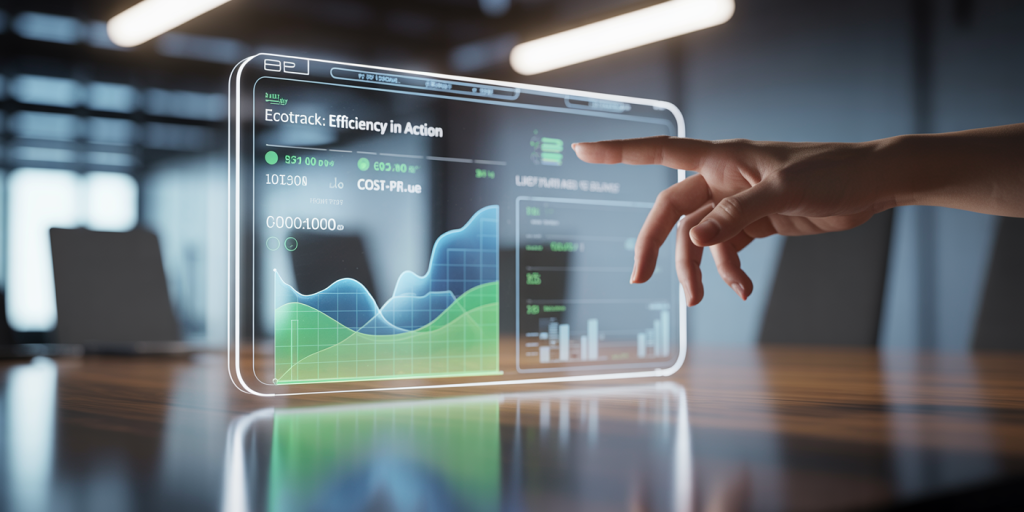In a world driven by consumerism and endless shopping options, understanding the true value of a purchase can be challenging. Traditional methods like price tags and discounts often overshadow a more insightful metric: Cost per Use (CPU). Whether buying a kitchen appliance, a piece of clothing, or a tech gadget, calculating the cost per use helps consumers grasp the real worth of their investment over time. This concept not only influences personal buying habits but is rapidly gaining attention in business strategies, sustainability discussions, and financial planning.

Originally popularized by minimalist and frugal living advocates, Cost per Use has evolved into a nuanced way of evaluating expenses. This article explores the multifaceted idea of CPU, offering practical examples, comparative analyses, and future insights into how this measurement can reshape consumer behavior and business models alike.
Understanding Cost per Use
Cost per Use is a straightforward calculation: the total cost of an item divided by the number of times it is used. At its core, it offers a long-term perspective on spending by shifting focus from upfront prices to overall value derived from the product.
For example, a $200 pair of shoes worn 100 times has a CPU of $2 per wear, whereas a $50 pair worn only 10 times equates to $5 per wear. Despite the higher initial cost, the $200 shoes deliver better value through longevity and frequent use. This calculation encourages consumers to invest in quality and durability rather than frequent replacement of cheaper goods.

Multiple studies back this approach. According to a Nielsen survey, 66% of global consumers are willing to pay more for sustainable brands that focus on quality and longevity, underscoring the relevance of long-term value over price alone. By adopting the CPU mindset, consumers develop more sustainable habits that also enhance economic efficiency.
Practical Applications in Everyday Purchases
The cost per use approach can transform how we shop for everyday items, providing clarity when comparing seemingly disparate products. For instance, in the realm of clothing, fast fashion may offer low prices but often results in fewer wears per garment before disposal. Data from a report by the Ellen MacArthur Foundation highlights that garment utilization in fast fashion averages just 7 times before discard, compared to 50 uses for higher-quality items.
Consider the example of a $30 fast fashion jacket worn 7 times, with a CPU of approximately $4.29, versus a $150 quality jacket worn 50 times, resulting in a CPU of $3.00. Although more expensive upfront, the latter is more cost-effective and environmentally responsible over time.
Similarly, kitchen gadgets like blenders or coffee machines benefit from a CPU perspective. A $100 blender used daily over two years (approximately 730 uses) achieves a CPU of around $0.14. Contrastingly, a $30 blender used sporadically five times per month (120 uses total in two years) ends with a CPU of $0.25. Depending on usage frequency, investing more for durability and performance can economically and functionally make better sense.
Cost per Use in Technology and Subscriptions
Technology purchases and digital subscriptions are increasingly well-suited for CPU calculations, especially as consumers encounter a plethora of options with different usage patterns and pricing models.
Consider smartphones: a flagship model costing $1,000 used intensively over four years (average smartphone replacement cycle) may result in thousands of uses when counting calls, messages, app usage, and photos taken. Meanwhile, a budget phone costing $400 replaced after two years may yield fewer overall uses before disposal. Breaking this down into CPU terms highlights the efficiency of longer-lasting devices.
Subscription services also invite comparison via CPU. A Netflix subscription at $15 per month may seem affordable, but if a user watches only three movies monthly, the per-view cost could be $5. Conversely, someone watching 30 movies a month pays only $0.50 per view, maximizing value. This metric encourages users to evaluate their engagement and thereby decide whether a subscription is worth maintaining or cancelling.
| Service | Monthly Cost | Average Monthly Use | Cost Per Use | Value Assessment |
|---|---|---|---|---|
| Netflix | $15 | 3 movies | $5.00 | Low utilization, expensive |
| Netflix | $15 | 30 movies | $0.50 | High utilization, efficient |
| Spotify Premium | $10 | 40 songs | $0.25 | Moderate value |
| Spotify Premium | $10 | 100 songs | $0.10 | High value |
This comparative table illustrates how CPU transforms the evaluation of digital services from mere monthly fees to usage-based efficiency.
Business and Corporate Perspectives on Cost per Use
Beyond individual consumers, businesses increasingly utilize Cost per Use to optimize operational spending and capital investments. Companies buy machinery, software licenses, vehicles, and office furniture with long-term use in mind, and CPU analysis helps justify expenditures.
For example, a manufacturing firm evaluating two robotic arms may compare initial costs against estimated operational hours. A $200,000 robotic arm projected to operate 20,000 hours costs $10 per hour of use, whereas a $150,000 alternative with only 10,000 operational hours costs $15 per hour. Here, a higher initial investment may be more cost-effective if it translates into greater productivity.
Similarly, in software procurement, SaaS products priced by subscription can be evaluated on CPU by measuring active users and actual utilization. Firms paying $50,000 yearly for a CRM system but with only 25 active users generate a CPU of $2,000 per user annually. Increased adoption can dramatically reduce this figure and improve ROI.
The corporate focus on CPU aligns with lean management principles and sustainability goals, lowering waste and promoting efficient resource allocation. A Harvard Business Review article cites companies that reduced procurement costs by 15% through cost-per-use optimization strategies, reinforcing its growing business appeal.
Environmental Implications and Sustainable Consumption
Cost per Use intersects with environmental sustainability, as evaluating the longevity and frequency of use of items encourages more responsible consumption. Products that are utilized fully tend to have lower environmental footprints over their lifecycle compared to frequently discarded alternatives.
A lifecycle assessment by the Cambridge Institute for Sustainability Leadership shows that clothing made from organically grown cotton and worn 30 times produces significantly less carbon per use than fast fashion worn 5 times. The environmental benefit multiplies when consumers consciously factor CPU into purchasing choices.
Moreover, businesses adopting CPU-oriented procurement drive circular economy principles by considering reusability, repairability, and recyclability. For instance, tech companies refurbishing devices for extended use lower e-waste and reduce raw material extraction. A 2023 report by the Global E-waste Monitor estimated that only 17.4% of e-waste is formally recycled globally, suggesting the need for more sustainable CPU-aligned practices.
Therefore, the CPU mindset not only enhances economic value but simultaneously mitigates environmental damage, promoting a holistic approach to consumption that balances affordability with impact.
Future Perspectives: The Evolution of Cost per Use
Looking ahead, Cost per Use is poised to become an even more integral part of consumer decision-making and business strategy. Advances in technology—such as smart sensors, AI-driven analytics, and blockchain tracking—can automate and refine CPU calculations with real-time usage data.

Imagine a wardrobe app that tracks clothing wear frequency, calculates CPU dynamically, and suggests purchases based on actual need rather than impulse. Similarly, IoT-enabled appliances might provide customers with usage statistics, warranty alerts, and cost-effectiveness reports, transforming transparency and trust.
In corporate environments, integrated software solutions could combine purchase data with operational metrics to continuously update CPU figures, supporting more agile budgeting and investment decisions. This data-driven approach aligns with the broader trend of digital transformation and performance optimization.
Additionally, the growing emphasis on sustainability will likely push policymakers to incorporate CPU considerations into regulations, encouraging manufacturers to design for durability, reparability, and virtualization of services (e.g., product-as-a-service models). Brands that transparently communicate cost per use and environmental impact will gain competitive advantage in an increasingly conscientious marketplace.
As consumers and companies become more educated in using CPU as a tool, the concept will undoubtedly deepen, influencing not only how products are bought but also how they are designed, marketed, and recycled—ushering in a new era of value-focused consumption.
In summary, Cost per Use reframes value beyond price tags to reveal the true economic and sustainable impacts of our choices. By adopting this metric, individuals and organizations alike can make smarter, more deliberate decisions that maximize utility while minimizing waste. Embracing CPU today is an investment in smarter consumption tomorrow.